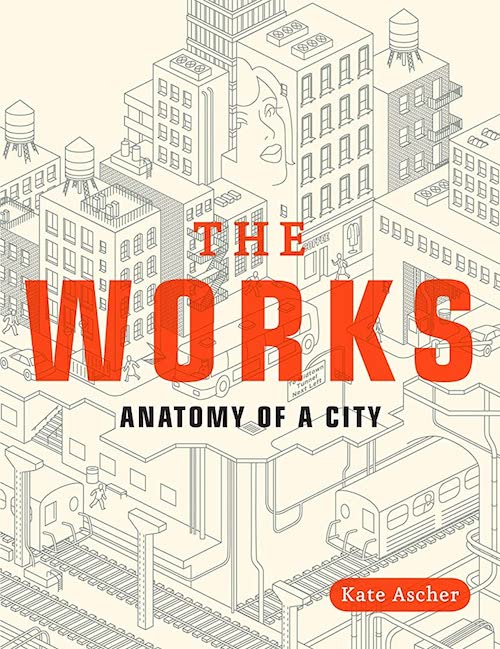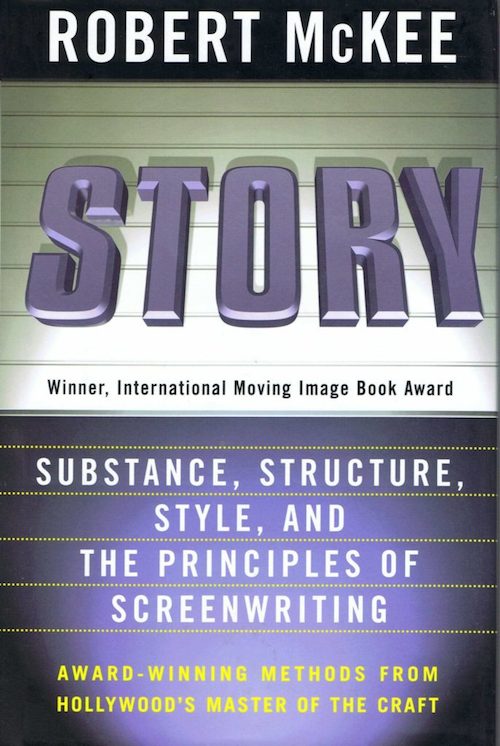
Georges Perec was born in Paris and died in Paris (or at least a suburb just across the Périph), which didn’t necessarily qualify him to write about the city. Natives of a place tend to suffer from a degree of what-do-they-know-of-England ignorance of context, or even, to get more metaphorical and more clichéd, the fish’s unconsciousness of water. Why Perec could pull it off surely owes in part to his stints living elsewhere — boarding school in the Alps, a newlywed year in Tunisia — and in larger part to his sheer unconventionality as a writer. This is a man who wrote one novel structured by an all-knight’s-move journey through an apartment block, and another that, in 300 pages, never once uses the letter e: just two of the best-known achievements in a body of work mostly composed under similarly strict rules, methods, and constraints.
A member of Oulipo, the Ouvroir de littérature potentielle whose members dedicate themselves to the use of just such rules, methods, and constraints, Perec is remembered today as an experimental writer, albeit one whose work is credited with an accessibility, humor, and even feeling not usually associated with that label. These products could emerge from improbable processes: take the minor entry in his canon Tentative d’épuisement d’un lieu parisien (An Attempt at Exhausting a Place in Paris), a 60-page book consisting of neutral-sounding observations made during three days in 1974 spent sitting at Place Saint-Sulpice: “I am sitting in the Café de la Mairie, a little toward the back in relation to the terrace.” “A woman goes by; she is eating a slice of tart.” “Two free taxis at the taxi stand.” “Three children taken to school. Another apple-green 2CV.” “A bus. Japanese.”
Read the whole thing at Substack.








